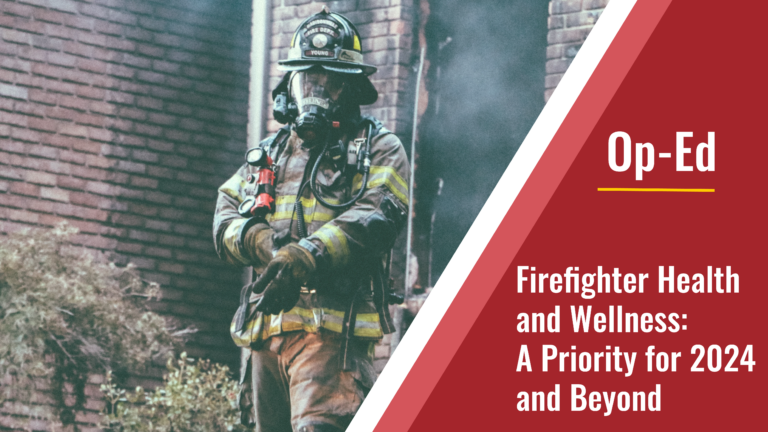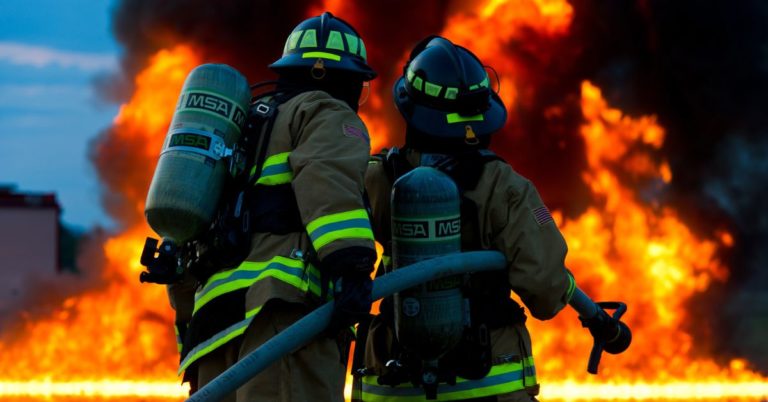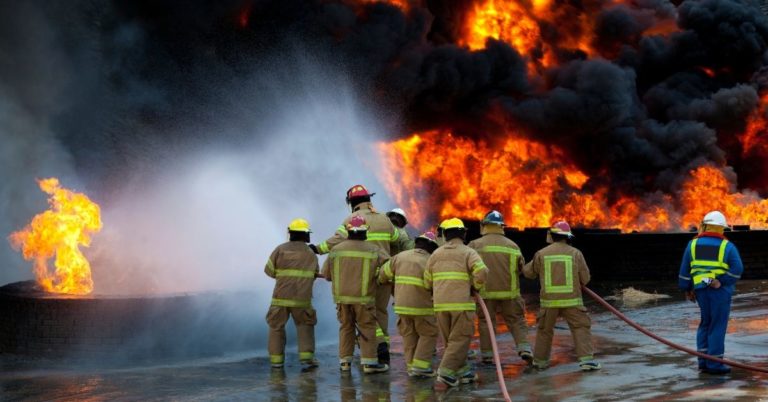If you’ve never heard of a “PFAS,” you are not alone. PFAS stands for “per- and polyfluoroalkyl substances,” which consist of over 4,000 unique toxic substances. They can be found in upholsteries, cookware, and dangerous ground contamination sites. But most concerning for firefighters is that PFAS chemicals are widely in Class B foams to combat flammable liquid fires. Now the government and the Department of Defense are taking an aggressive stance against the substances and seeking to end their use in combating fires.
These substances are also classified as fluorocarbons. “The problem with fluorocarbons is that they don’t degrade once they’re used. And that’s not good for humans.” This is according to Katherine Hinnant, a chemical engineer at the Naval Research Laboratory in Washington. Hinnant’s comments were part of an article published by the Department of Defense on the dangers of using these substances, noting that the department now advises to limit the use of these chemicals to “…the lowest detectable levels” and removed the fluorine requirement.
And the military is also incentivizing the development of new flame retardant foams free of these toxic chemicals, including cash prizes. FireRescue1 notes that “Beginning with Section 330 of the fiscal 2021 defense authorization…the bill phases out PFAS’ use in firefighting foam by the Department of Defense (DOD)…” The new defense authorization also requires “…a survey of technologies to replace the agent in aircraft hangars and containment systems used by the Navy, Air Force and other branches,” according to the site.

Effects of PFAS Chemicals
But the Department of Defense is not the only one concerned by the effects of PFAS chemicals. In fact, language in the 2020 National Defense Authorization act was a sticking point in the Senate after the House passed language similar to the 2021 bill in the prior year, according to Defense News: “Extensive prohibitions against a class of chemicals known as “PFAS” were also a drag on the bill, according to a congressional aide, until they were replaced in favor of prohibitions limited to the military.”
The actions sought in eliminating PFAS chemical use by the House in the 2020 Defense Authorization Bill were a result of investigations conducted by a House Science subcommittee starting in June of 2019. These investigations and subsequent hearings highlighted the extensive risk posed by PFAS contamination not just to firefighters, but the general public as a whole.
Chair Haley Stevens (D-Mich.) called PFAS “an environmental and public health crisis in my home state of Michigan, which may have more than 11,000 sites contaminated with PFAS and PFOA chemicals,” notes FireRescue1.
And Rep. Harley Rouda (D-Calif.) took it a step further. ““Both the EPA and chemical manufacturers have known of the health hazards associated with PFAS for decades.”
Indeed, these toxic chemicals pose a direct risk to firefighters, both civilian and military, and ultimately pose long term dangers to people across the United States. With Congress and the military beginning to target the use of these substances, the first step has been taken to not only protect the health and lives of first responders, but to innovate a new chapter in combating fire.
Image Credit: Photo by Matt Chesin on Unsplash





